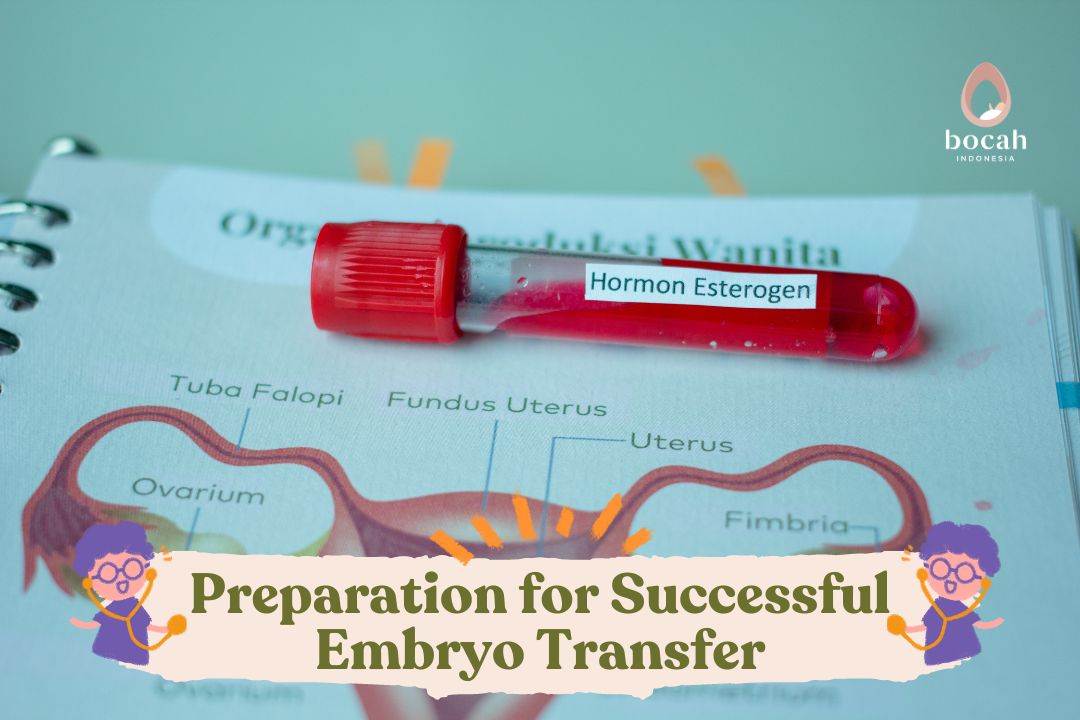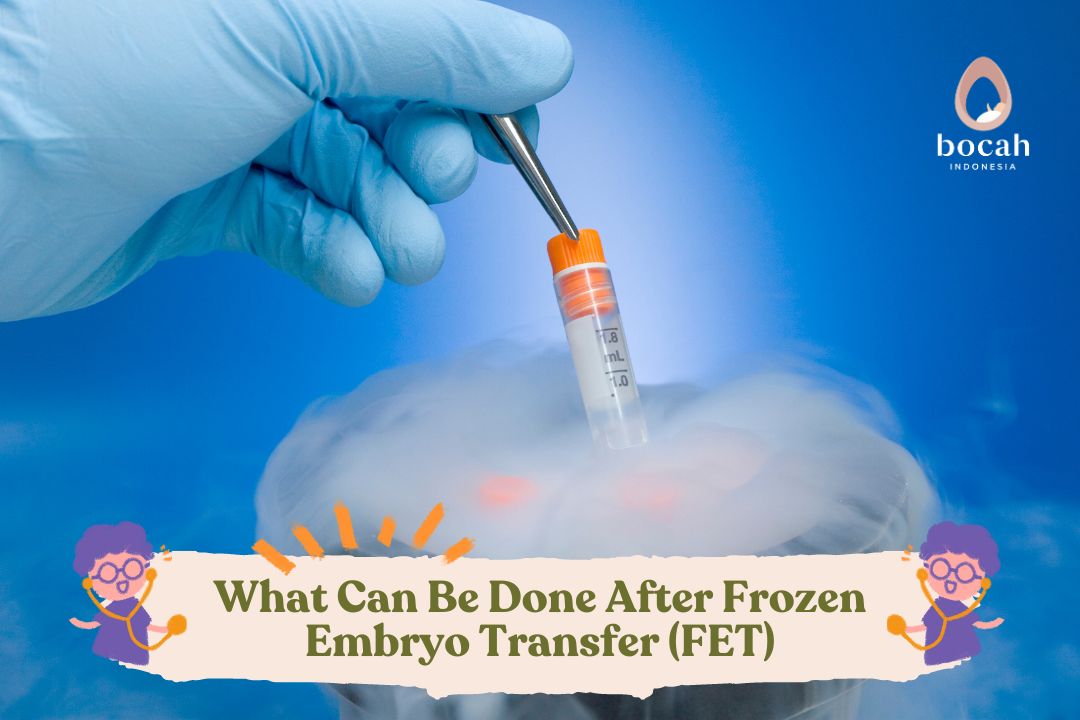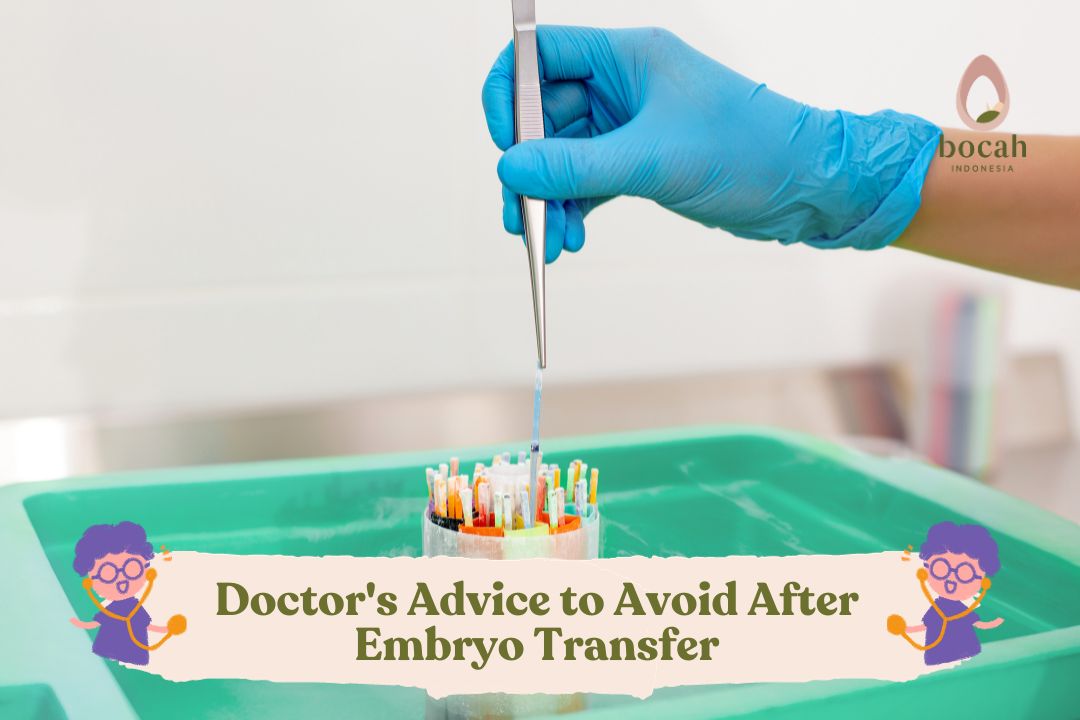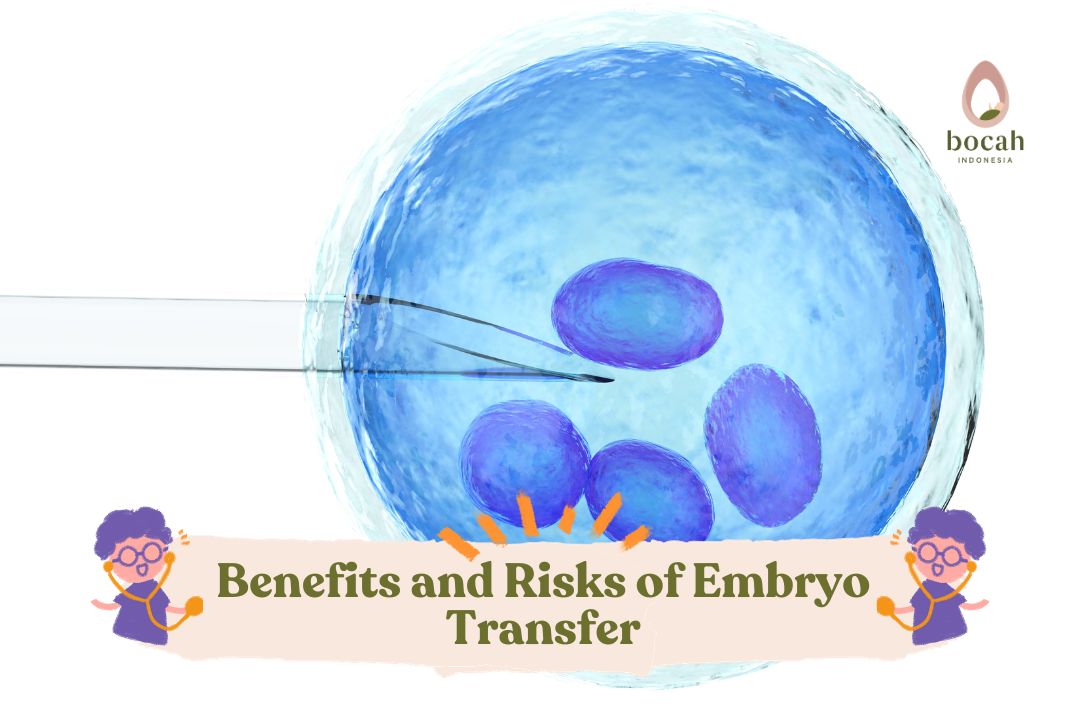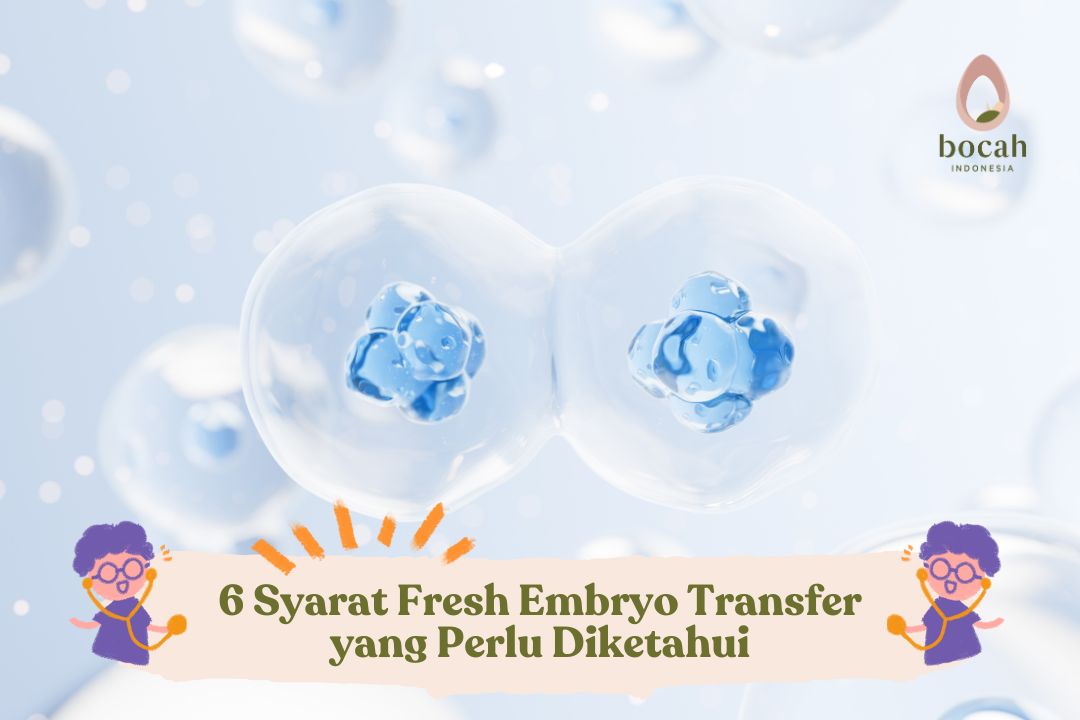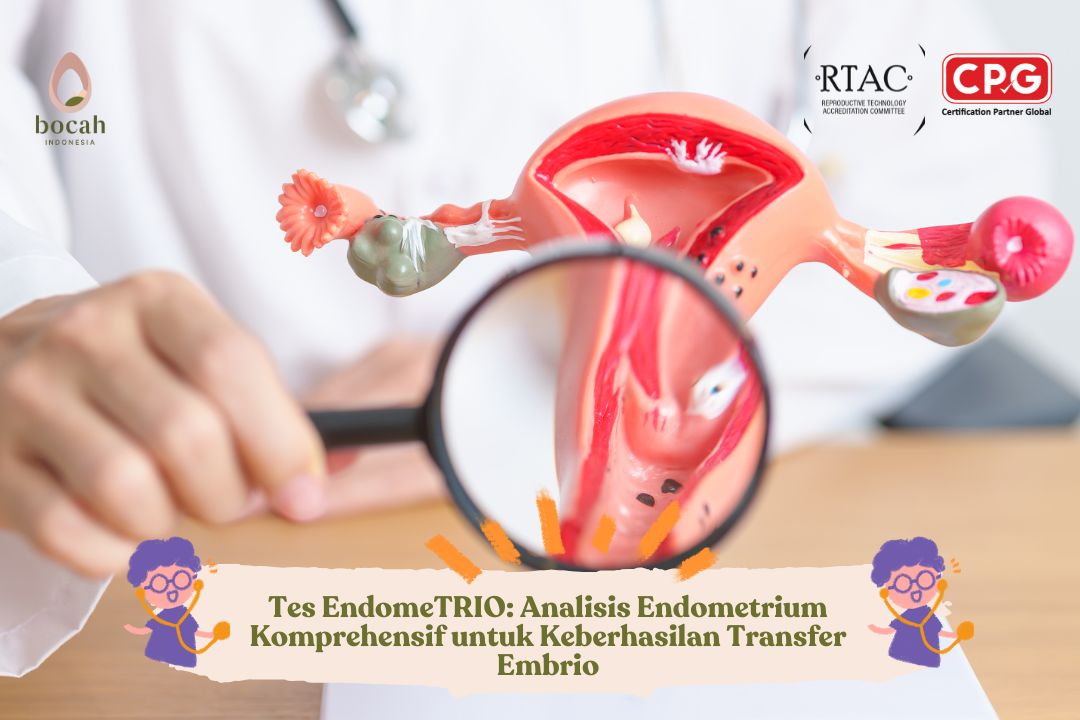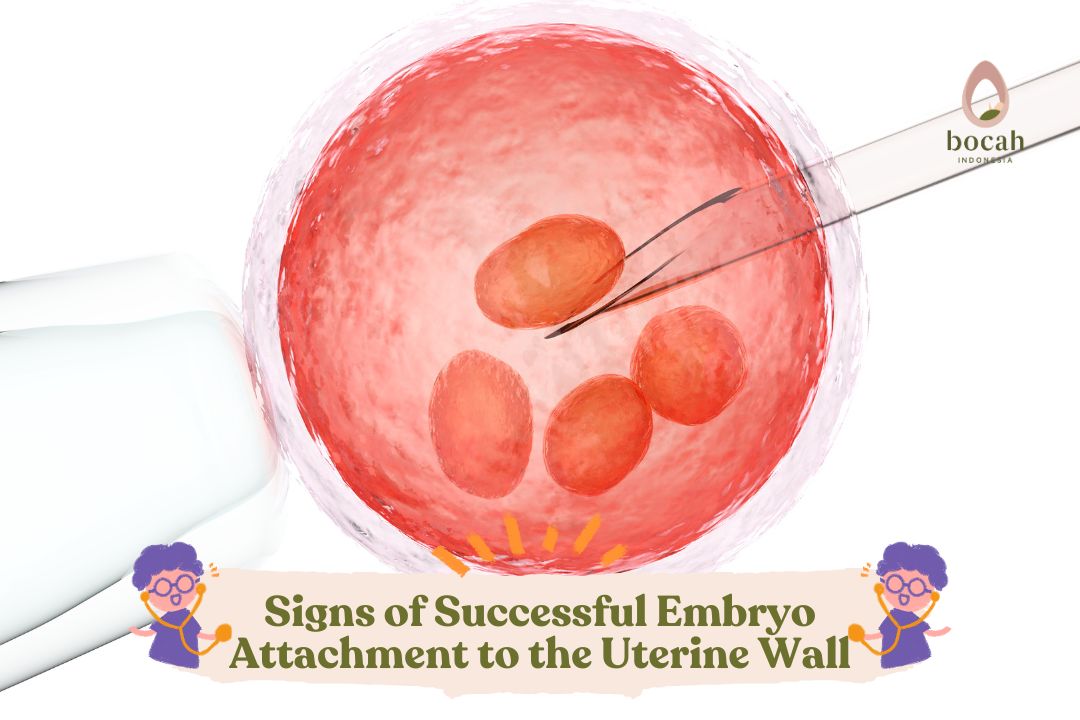Pregnant Women Fear Pain During Embryo Transfer
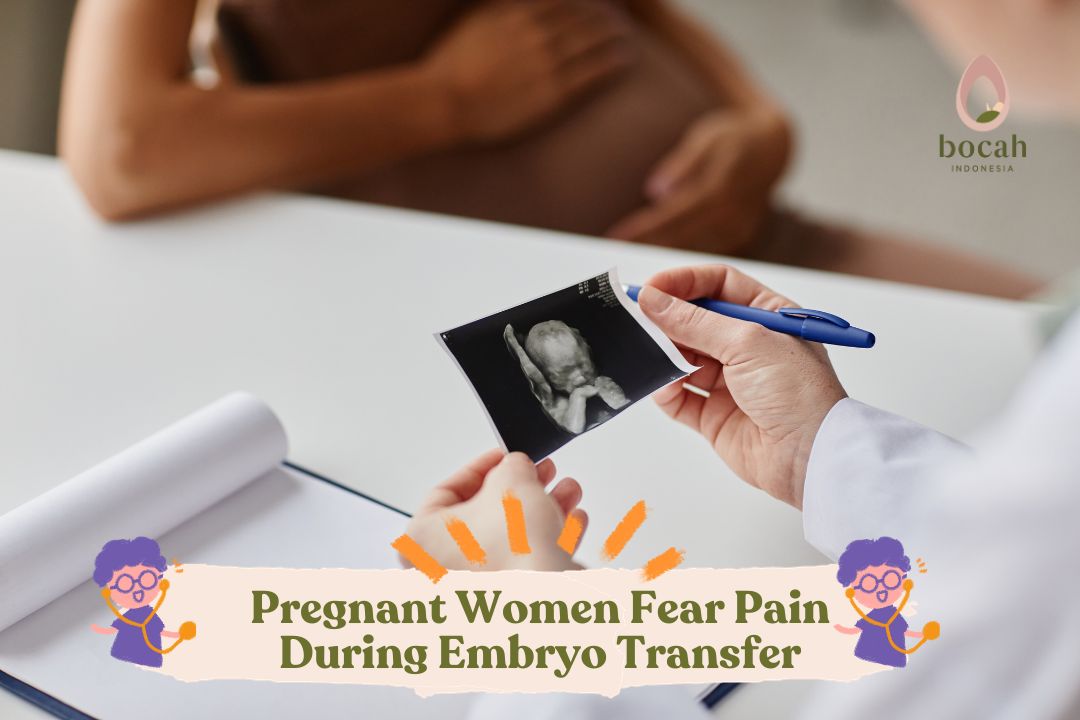
Some women may fear the embryo transfer process because of the pain it might cause. So, is the embryo transfer painful?
Embryo transfer is part of the in vitro fertilization (IVF) process where an embryo developed in the laboratory is placed back into the mother’s womb. It is a key step in the effort to achieve pregnancy after IVF.
However, it’s undeniable that some women might fear the embryo transfer process, worrying about pain or discomfort during the procedure. To find out whether the embryo transfer process is painful, read the following review.
Embryo Transfer Procedure
In an IVF program, you will undergo several medical procedures, including ovulation induction, egg retrieval, fertilization, embryo transfer, and luteal care. Some of these procedures may cause concern and even pain.
-
Hormonal Injection Administration
The administration of hormonal injections in the IVF program aims to stimulate the ovaries so you produce more eggs than normally produced during a natural menstrual cycle.
Tanya Mincah tentang Promil?
By inducing the production of more eggs, doctors can increase the chances of successful fertilization when the egg and sperm are combined in the laboratory. This process is an initial step in preparation for egg retrieval in the IVF program.
The process of hormonal injections for IVF is usually not painful. Most women report that the injection itself is barely noticeable or only causes slight discomfort.
The needles used for injection are usually very fine, and the correct technique performed by experienced medical staff can make the process minimally painful. However, the level of discomfort or pain can vary from person to person.
-
Egg Development within Follicles
As eggs start to develop within follicles during the IVF pregnancy program, you might experience discomfort or pain. This discomfort primarily arises when the ovaries start enlarging and undergoing hyperstimulation due to the development of many eggs.
Doctors usually inform that during egg development, you may feel lower abdominal pain and bloating. However, the level of pain or discomfort varies among individuals.
It’s important to communicate with your doctor during the IVF program so they can monitor egg development and wisely adjust medication doses, to reduce the risk of severe ovarian hyperstimulation and excessive discomfort. In most cases, discomfort during this stage is manageable and temporary.
-
Egg Retrieval Process
The egg retrieval process, also known as ovum pick up (OPU), during IVF is usually performed under anesthesia or sedation. Therefore, during the procedure itself, you should not feel pain.
Typically, this procedure is done using a long needle inserted into the ovaries through the vaginal wall to retrieve the eggs. After waking up from sedation, you may feel a bit of cramping or discomfort, which is generally manageable with pain relief medication.
So, generally, the egg retrieval process itself is not painful as you will be asleep or in a reduced state of consciousness during the procedure.
-
The Embryo Transfer Process
Typically, three to five days after the egg is successfully fertilized by sperm, the embryo is placed back into the uterus. The embryo transfer is almost painless, but you may feel discomfort only during the insertion of the vaginal speculum. The pain experienced during embryo transfer is similar to that during a pap smear examination.
After the embryo is placed back into the uterus, the next step is to ensure that the uterine environment supports healthy embryo development. For this purpose, you will begin using progesterone.
Progesterone can be administered in various forms, including suppositories, gel, or injections. When using progesterone injections, which generally use oil as a base, the needle used is larger in diameter compared to regular needles, which can be more painful.
If you have a significant fear of needles, your doctor may offer other options, such as tablets or gels that can be used through the vaginal route, without affecting the pregnancy outcome. This option provides flexibility for you to choose the method that best supports embryo development.
Therefore, it can be concluded that the pain from IVF procedures, including embryo transfer, is comparable to other medical procedures. However, if you are considering having a child, the discomfort of embryo transfer may be insignificant compared to the outcome.
Source:
- Maheshwari, A., et al. (2022). Elective Freezing of Embryos Versus Fresh Embryo Transfer in IVF: A Multicentre Randomized Controlled Trial in the UK (E-Freeze). Human Reproduction (Oxford, England), 37(3), pp. 476–487. https://pubmed.ncbi.nlm.nih.gov/34999830/
- Mumusoglu, S., et al (2021). Preparation of the Endometrium for Frozen Embryo Transfer: A Systematic Review. Frontiers in Endocrinology, 12, pp. 1–18. https://pubmed.ncbi.nlm.nih.gov/34305815/
- National Health Service UK (2019). Manchester University. Frozen Embryo Transfer (FET) Cycle.
- National Institutes of Health (2022). National Library of Medicine. Estrogen.
- Mayo Clinic (2021). Tests & Procedures. In Vitro Fertilization (IVF).


